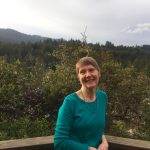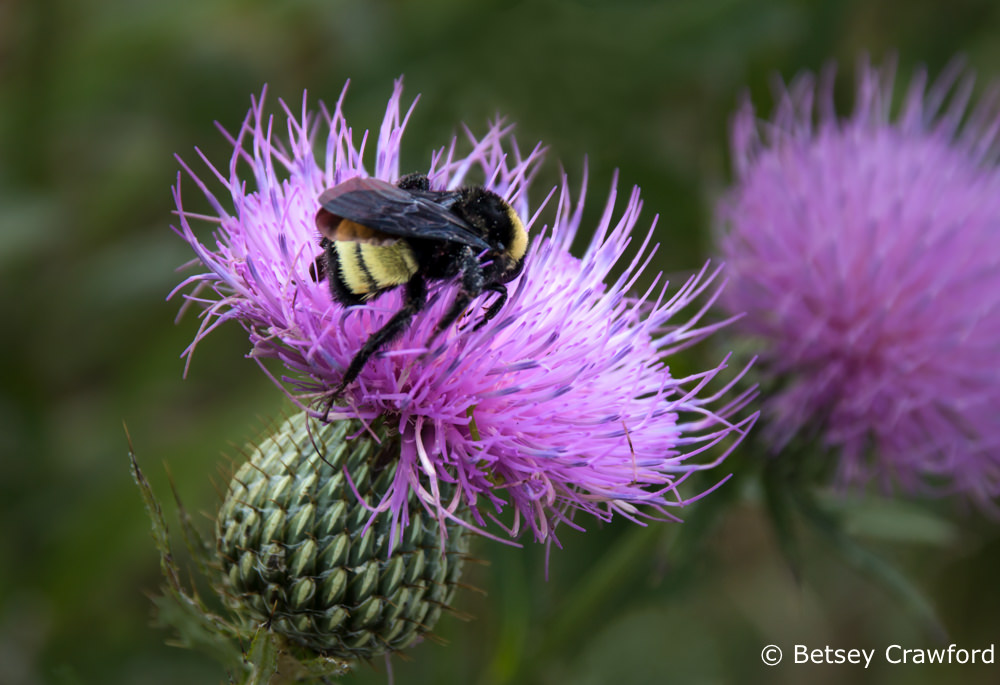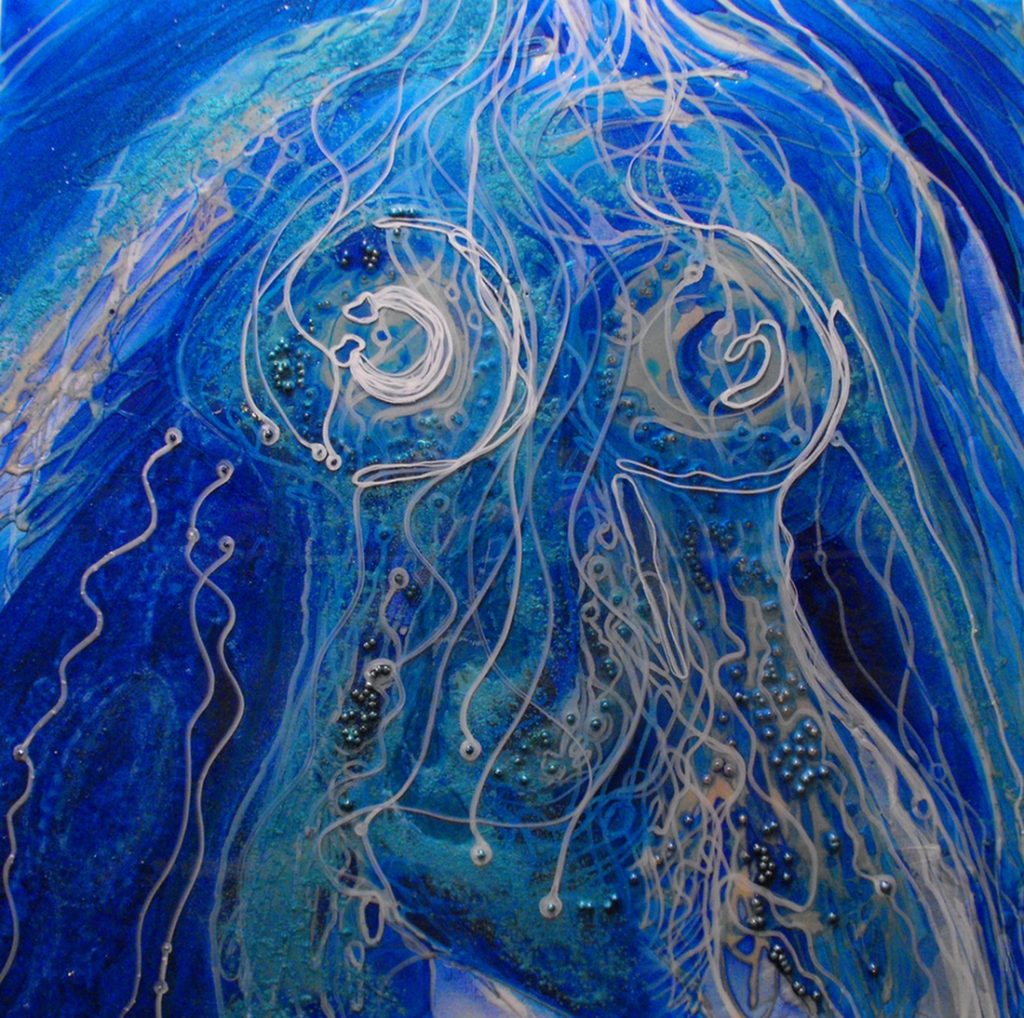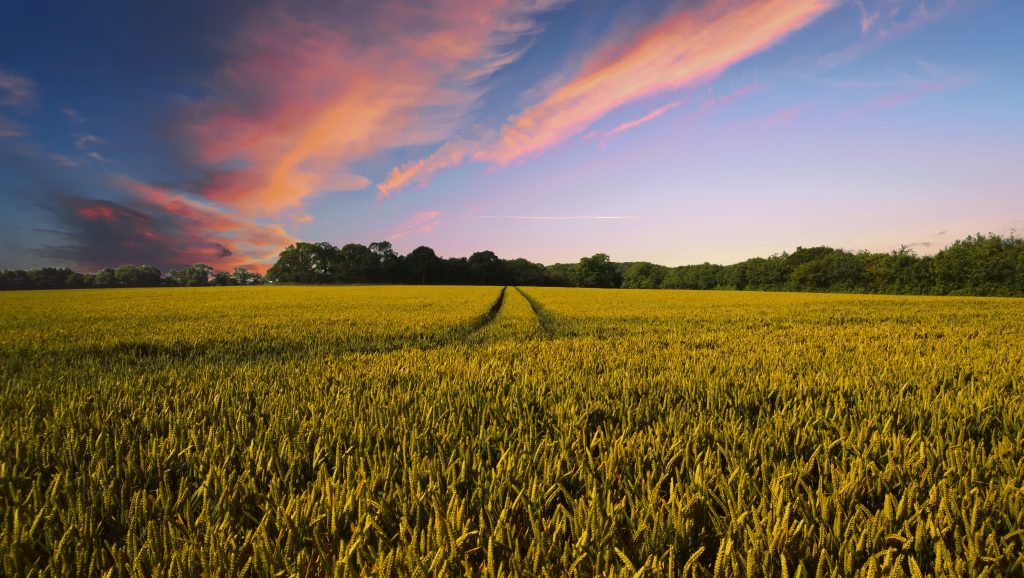Good Fortune
Photos below, by the author
I pinch myself. I really am in Tanzania, a stone’s throw from wild elephants sheltering their young between trunk-like legs and giraffes stretching their necks to nibble leaves. Zebras, clustered in small groups, create stunning black and white graphic displays. At night, I shiver as a lion’s roar vibrates through my tent walls. I feel so fortunate to live out long-held dreams.
But what I hadn’t anticipated is the almost mystical awe I feel surrounded by thousands of wildebeest and zebras, a co-mingled migration peaking during our safari. Everywhere I look, they cover the plains of the Serengeti. I sense the inherited force that dictates their journey, a route they have followed for a million years. Over that vast stretch of time, the wildebeest cycles have adapted to the nomadic needs of the herd, the mothers birthing within days of each other. All around me, wobbly-legged baby wildebeests bleat, trying to keep track of their mothers. Like a puzzle made of thousands of pieces, the herd is a single entity.
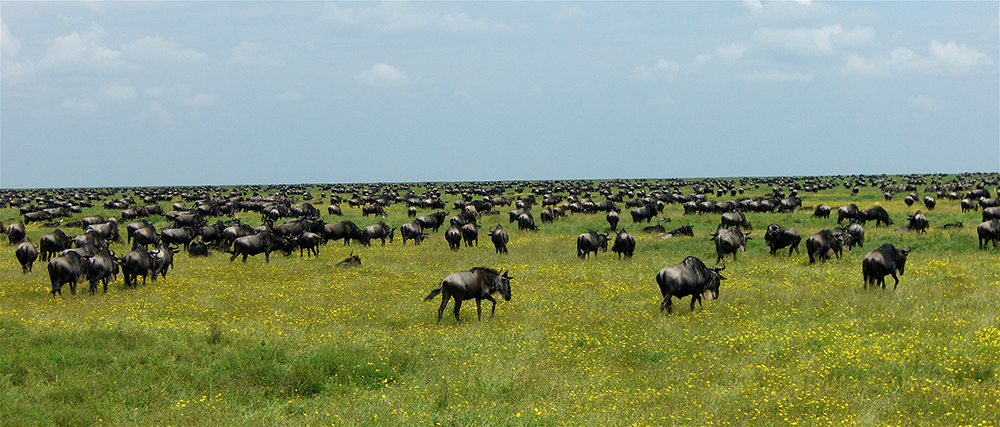
It’s now more than ten years later, and the grim awareness of species extinction and habitat loss has me longing for animal abundance, even if it’s only a temporary respite. I crave being overwhelmed by numbers and reassured by cycles that have been repeating themselves for millennia. I need a migration.
I discover a cluster of little-known wildlife refuges between Sacramento and Chico in Northern California, easily accessible from Highway 5. I’ve traveled this route countless times. How is it I’ve never stopped before? My son and I pack for a quick overnight trip and take off.
Three hours later, Jackson and I walk into the Sacramento Wildlife Refuge Information Center to pick up tips and maps. We learn that the Sacramento Valley is the most important wintering area for three million ducks and one million geese traveling the Pacific Flyway. Since the early 20th century, humans have filled 90% of the wetlands; thus these managed wildlife refuges are essential to the sustainability of more than 300 bird and mammal species that rely on this habitat. I can’t bear the thought of snow geese flying from the Arctic Circle breeding grounds, arriving hungry and exhausted, only to find their destination of the past thousands of years has vanished. Unfortunately, this has been the experience of many migratory bird species around the globe. The remaining wetlands provide a richness of habitat that they can’t afford to lose.
Fortified with information, we set out on a six-mile “Auto Tour Loop.” Despite our initial disappointment regarding confinement to the car, we discover our Subaru is the perfect bird blind. Unstressed, the fowl ignore our presence as they nourish themselves with grasses and leftover grains from flooded fields.
The clouds darken and rain spatters our fogged windshield as we slowly inch along. We roll down the windows for a clearer view, craning our heads out the openings, binoculars now a fifth appendage to our body. The cold wind douses us with moisture. Laughing, we close the windows as we dry our binocular lenses.
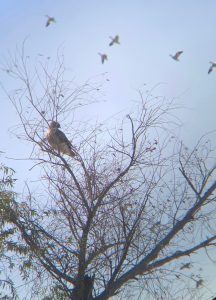
These marshlands, densely populated with ducks and geese, are a table set for a hawk feast. They too have been in need of this migration. We stop every fifty feet, thrilled to see so many raptor species. Two harrier hawks vie over territory until one retreats to a roadside tree, the other swooping low over the meadow. We involuntarily exclaim each time we see a kestrel. The smallest North American falcon, its colorful plumage delights us, whether it’s perched or hovering over its prey.
Dusk descends. Just as we decide to leave, my son points across the road. “Mom, look, a great horned owl!” “Where?” “On that log just across the canal.” The owl is perched, as are we. We observe the horned tufts, the massive head rotating on its axis, the variegated feathers ruffling in the gusts.
The next morning, we decide to explore the Gray Lodge Wildlife Refuge. Again, restricted to our car except at designated spots, we find a pullover area next to a large expanse of shallow water. We get out, tugging our jackets in tight. The strong wind makes it hard to hear each other, and the birds are even louder. Various duck species, with their distinctive feathered patterns, swim close to shore. Hundreds of snow geese honk as they rise from the marsh, forming layers of white V’s against a brilliant blue sky. Hundreds, if not thousands, remain on this patch of water, resting, paddling, foraging. I’m not sure what soothes me more – the visual or the auditory evidence of their numbers. The peacefulness is broken as a bald eagle cruises over the marsh. The geese rise en masse in a thunderous roar of wings, and then quickly settle back down after the threat passes.
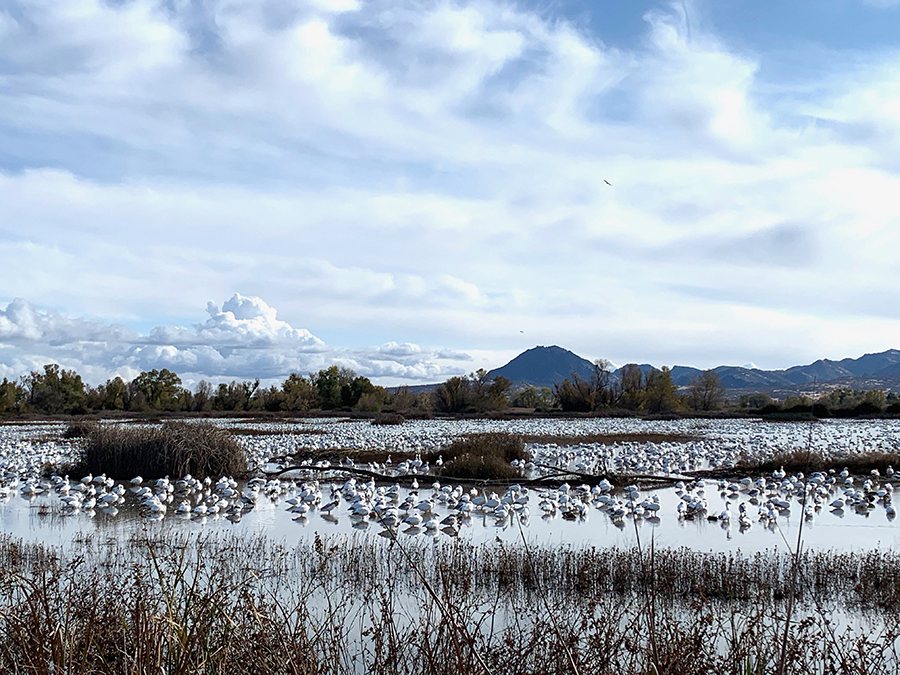
Three miles and four hours later we creep back to the starting point, our eyes exhausted, necks stiff, but our curiosity only whetted. Savoring this feast as we drive home, I’m reminded of Thoreau’s words: Wealth in-doors may be the inheritance of few, but it is equally distributed on the Common. Today I am a rich woman.
The next morning, eating breakfast on my deck, I watch the bird feeder. I take daily pleasure following the comings and goings of juncos, chickadees and warblers; as well as being amused by chipmunks that opportunistically snatch any fallen seed. After the wetland abundance, these birds seem so tiny, so few in number, though this has been my ongoing source of sustenance, and will be, until my next migration in search of plenty.
Sitting here, I feel too large. I want to be dwarfed, to be greatly outnumbered, just another perched animal among many.


